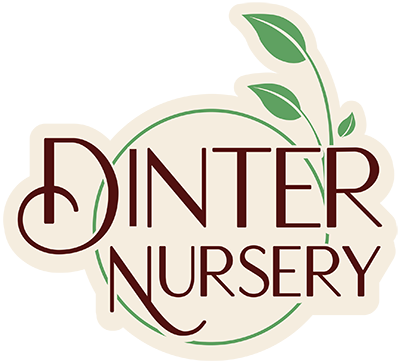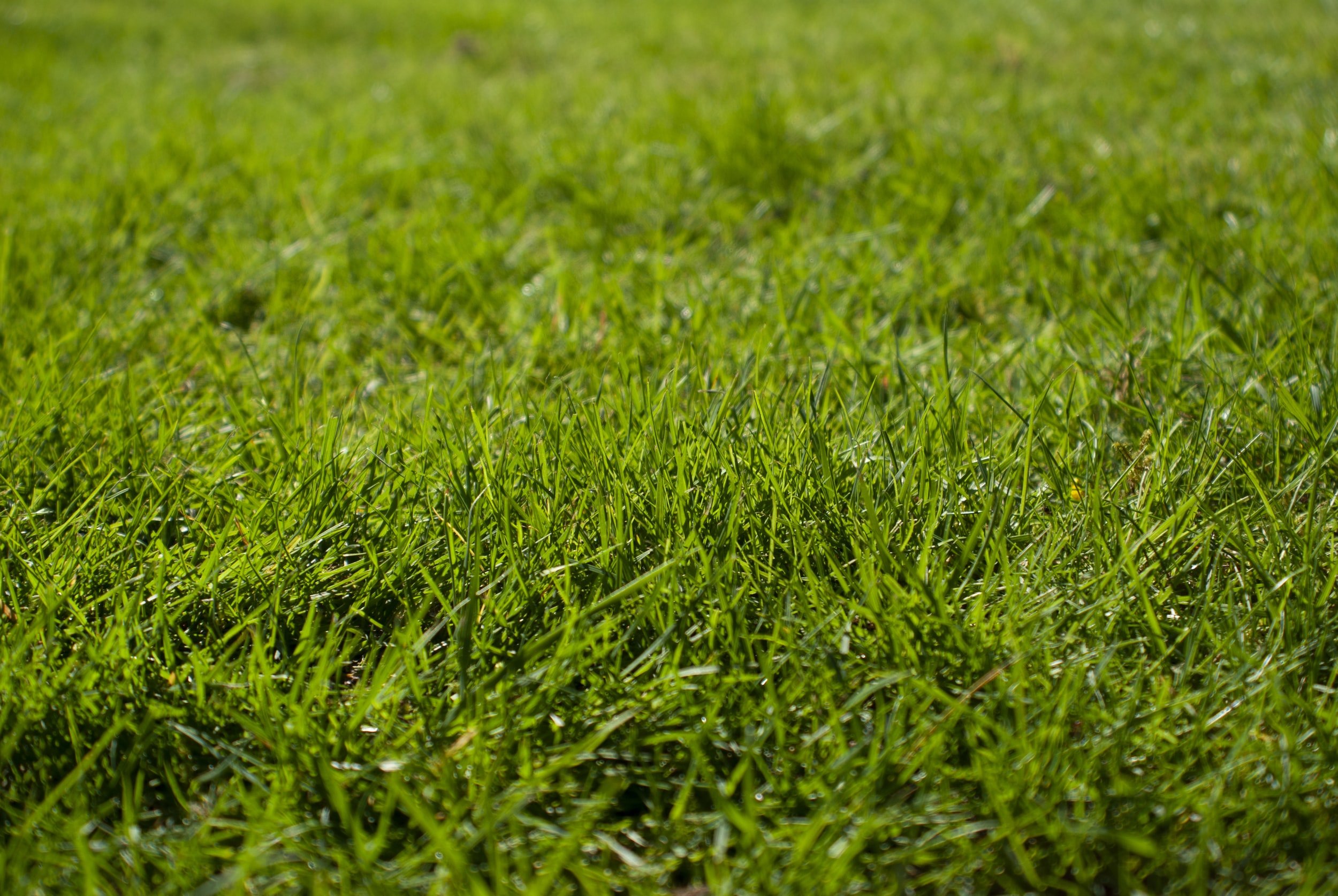Lawn Care 101
Growing grass? Here is everything you need to know!
Are lawns the answer? Lawns are aesthetically pleasing and functional, but a lawn may not be the solution to every landscape problem. Grass thrives when it receives at least eight hours or more of sunlight a day. Even though there are some shade tolerant grasses, most grasses will struggle to grow inside of tree groupings or in the deep shade of a building. Lawns will also not perform well on compacted soils because root development and water movement is impeded.
Lawn maintenance
As with any landscape it is important to prioritize areas to help make maintenance easier. High visibility lawn areas and the lawn in the back corner of your property should follow a different maintenance schedule.
Mowing:
This is important to stimulate lateral shoot growth, limit weed development, and increase the density of lawn.
Minimum lawn height should be 1” for a formal lawn and 4” for a less formal lawn.
Longer grass keeps the soil surface cooler and will generally require less inputs.
It is ideal to only remove one third of growth when mowing.
Always change directions when moving to prevent thatch (dead grass) build up.
It is also recommended to mulch clippings and leave them on the lawn to add nitrogen back into the soil.
Adding nutrients to a lawn:
It is recommended that a lawn receives 1 to 5 pounds of nitrogen per 1,000 square feet of lawn annually.
When mowing, if clippings are mulched, they will provide as much as 2 pounds of nitrogen per 1,000 square feet of lawn annually.
If below the lawn is very compacted and poor quality soil, top dressing with compost and overseeding is an ideal first step. Adding an inch of compost to a lawn will help to improve the quality of the soil.
Fertilizer may be needed to increase the fertility of the soil.
Choosing a fertilizer:
Fertilizers will how a ‘fertilizer analysis’ number ie., 10-2-6
10% Nitrogen
2% Phosphorus
6% Potassium
Nitrogen is the most important nutrient in lawn fertilizers. It stimulates vertical growth, improves turf density, and makes the grass darker green.
Potassium causes no color or growth response, but it does lead to enhanced plant hardiness to heat and cold and reduced drought stress.
Phosphorus helps with root development, but most soils have adequate levels. If your soil has enough phosphorus already applying it will increase the potential for pollution of waterways. You can use a soil test to determine phosphorus levels
Iron is often used in lawn fertilizers because it provides a rapid, short-lived, greening response.
Applying fertilizer:
Apply by hand or with a broadcast spreader.
Avoid burning grass by applying when the lawn is dry (ie., during a heat spell)
After fertilizer is applied it needs to be watered to prevent burning and to wash the fertilizer into the root zone.
Overseeding:
Overseeding helps rejuvenate tired lawns and thicken up healthy ones. Topdressing before overseeding will give the seed a place to root.
Overseeding with perennial ryegrass, white clover, or microclover is ideal.
Water the seed in and water two to three times per day until germination (seven to 10 days).
Selecting Dinter Nursery grass seed blends
Best for traditional lawns:
Classic: Creeping Red Fescue, Improved Varieties of Kentucky Bluegrass, Chewings Fescue, Perennial Ryegrass
Playfield: Creeping Red Fescue, Kentucky Bluegrass, Improved Variety of Perennial Ryegrass
Front lawn: Creeping Red Fescue, Kentucky Bluegrass, Improved Varieties of Perennial Ryegrass and Chewings Fescue
Best for overseeding: Perennial Ryegrass and Microclover
Best for low maintenance lawns:
Enviro-lawn: Hard Fescue, Creeping Red Fescue, Improved Variety of Perennial Ryegrass
Shady Turf: Creeping Red Fescue, Improved Varieties of Perennial Ryegrass and Chewings Fescue
Still want to know more? Here’s our grass seed cheat sheet:
Chewings Fescue:
Requires low nitrogen, drought and shade tolerant
Maximum recommended mowing height: 2.5” - 3”
Microclover:
Requires very low nitrogen, full sun
Maximum recommended mowing height: 4” - 6”
Nitrogen-fixing ability so it can feed other grasses
Perennial Ryegrass
Requires high nitrogen, water and sunlight
Maximum recommended mowing height: 2”
Best for overseeding
Kentucky Bluegrass:
Requires high nitrogen, water and sunlight
Maximum recommended mowing height: 2.5”
Gives ‘golf course green’ appearance
Creeping Red Fescue:
Requires low nitrogen, drought and shade tolerant
Maximum recommended mowing height: 2.5” - 3”


